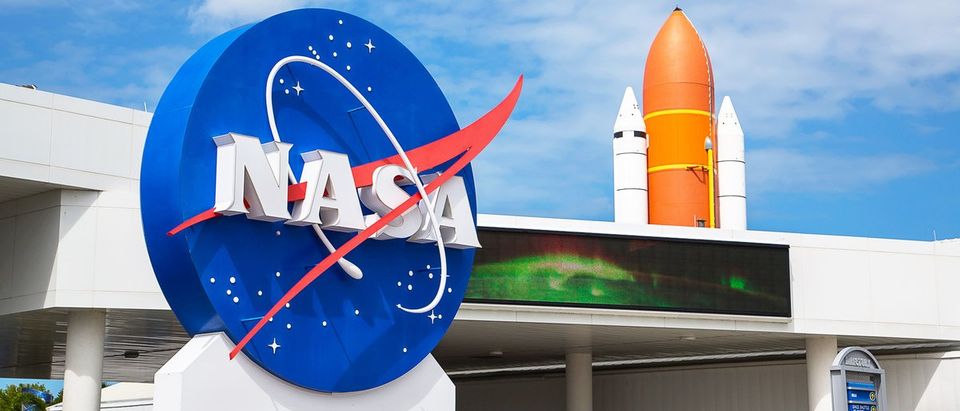NASA released new images of its $8.8 billion dollar James Webb Space Telescope (JWST) Thursday.
The image shows the telescope entering a white plastic “clean tent,” which protects it from dust and dirt during transportation. In October 2018, JWST will be mounted on a rocket and launched into space, sent to orbit about 1 million miles from Earth, looking back in time 13.5 billion years to see the first stars and galaxies forming in the early universe.
The golden hexagons are JWST’s 21 fett in diameter gold-coated beryllium reflector, which will collect light for the telescope. JWST is being assembled at NASA’s Goddard Space Flight Center in Greenbelt, Maryland.

James Webb Space Telescope Being Assembled
(NASA/Chris Gunn)
JWST is relatively tiny compared to larger Earth-based telescopes, but its infrared capabilities and position above the atmosphere could allow it to locate potentially habitable planets around other stars, perhaps even extraterrestrial life.
NASA announced last December that the JWST was halfway completed, but the project is currently $7.2 billion over its initial budget and seven years behind the original schedule. The JWST was initially projected to cost $1.6 billion.
The Government Accountability Office now estimates the final cost at $8.8 billion, adding to the telescope’s long history of major cost overruns and delays.
JWST isn’t the first NASA space telescope to suffer cost overruns and setbacks. The space agency’s Hubble Space Telescope (HST) was originally intended to launch in 1983, but technical issues delayed the launch until 1990. NASA discovered that HST’s main mirror was incorrectly manufactured after the launch, forcing the space agency to install a corrective lens in orbit using the Space Shuttle.
JWST will not have such a generous margin for error as it will be located far beyond Earth’s orbit at the Sun-Earth L2 LaGrange point, which would make such a Hubble style fix extremely difficult. Furthermore, the telescope is supposed to unfold itself “origami style” in space as depicted in the NASA animation below. The unfolding process is technically complicated and could potentially lead to a disastrous mission failure.
Send tips to andrew@
All content created by the Daily Caller News Foundation, an independent and nonpartisan newswire service, is available without charge to any legitimate news publisher that can provide a large audience. All republished articles must include our logo, our reporter’s byline and their DCNF affiliation. For any questions about our guidelines or partnering with us, please contact licensing@dailycallernewsfoundation.org.


